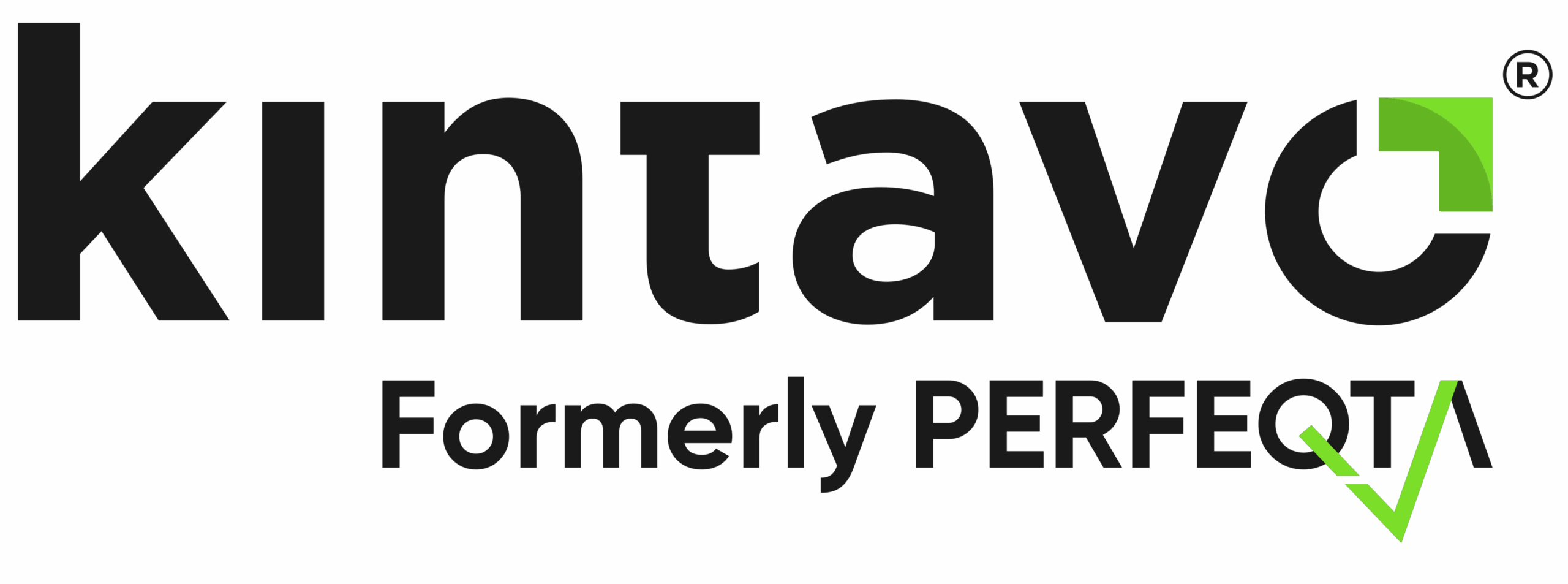Mastering Corrective and Preventive Action (CAPA) Procedures for Quality Management

A robust corrective and preventive action (CAPA) procedure is a fundamental component of any quality management system.
CAPA provides a closed-loop process to identify, address, and eliminate nonconformances while preventing future occurrences.
When consistently executed, CAPA improves product quality, reduces costs, and enhances customer satisfaction.
But for many companies, the manual effort involved makes CAPA management cumbersome.
Let’s explore a step-by-step CAPA procedure and how automating it with a platform like PERFEQTA can optimize efficiency and effectiveness.
The CAPA Process
The CAPA process involves systematic investigation, response, and reporting regarding quality issues. The goal is to quickly remedy problems while analyzing root causes to prevent recurrence.
The CAPA lifecycle generally consists of eight steps:
- Issue Identification
Problems requiring CAPA action could be identified through customer complaints, deviations, audit findings, returns, or even staff observations. It all gets documented in the CAPA record.
- Assessment
Each issue gets assessed for potential impact and assigned a severity rating. This determines the required timeframe and depth of investigation.
- Investigation
Root cause analysis identifies contributory factors resulting in the nonconformance. This step is critical for preventive action later.
- Short-Term Corrective Action
Quick interim containment actions bring the immediate problem under control before long-term solutions are defined.
- Corrective Action Plan
The subsequent comprehensive corrective action plan aims to eliminate root causes. It could involve changes to protocols, training, equipment, documentation, etc. Responsibilities and deadlines get established.
- Implementation & Monitoring
Corrective actions then get implemented, verified for effectiveness, and monitored over time. Evidence confirms closure only after sustained effectiveness.
- Preventive Action Plan
Insights from the investigation inform preventive actions like process adjustments or control enhancements. These aim to stop potential issues before they emerge.
- Effectiveness Evaluation
Regular audits assess whether corrective and preventive actions have fully resolved issues and hardened systems against recurrence.
Automating CAPA Management with PERFEQTA
While critical, coordinating cross-functional CAPA processes manually can drain resources.
PERFEQTA introduces automation to accelerate response times and build visibility across global operations.
With configurable workflows, CAPAs get assigned and tracked through every stage from initiation to closure.
Dashboards give leaders insight into pending actions while notifications keep teams on track.
Integration with other quality modules like audit, change control, and document management strengthens the ecosystem.
By digitizing CAPA management, PERFEQTA drives efficiency through:
- Electronic CAPA initiating, assigning, resolving, and approving
- Automatic logging of all CAPA transactions as immutable audit evidence
- Streamlined investigation workflows including root cause analysis
- Corrective/preventive action planning templates
- Effectiveness verification protocols
- Real-time visibility into backlogs or late stages
- Automated alerts on due dates and SLA violations
- Robust KPI dashboards and reports
In today’s highly dynamic business environment, organizations need the rigor of CAPA combined with agile, automated systems.
PERFEQTA empowers teams to execute CAPA rapidly while preventing issues systematically.
The result—lower costs through reduced defects, fewer audits findings, and higher customer loyalty earned through responsiveness.
To learn more about automating CAPA or other quality processes with PERFEQTA, schedule a personalized demo today.

